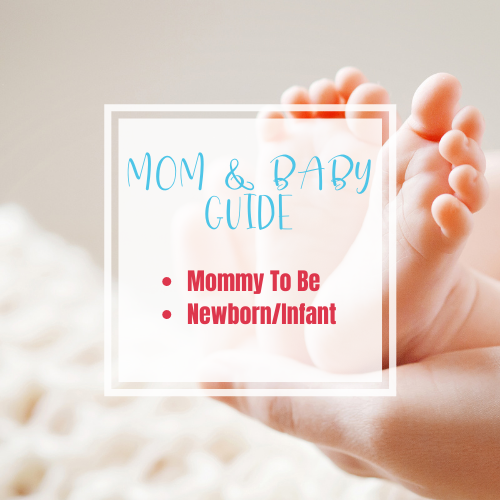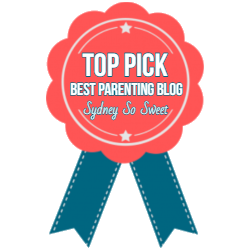When it comes to landscaping, the first thing that people think about is flowers, plants, and shrubs. But trees are just as important for your yard. They can define boundaries and add privacy while complementing existing plantings in your garden. In this article, we'll discuss several trees that work well with other plants in a landscape design, along with some tips on how to best use them so you can create a beautiful garden or you can hire an expert like this tree survey.
Japanese Maple
Japanese maples are one of the most popular trees to plant in the spring. The tree’s brilliant colors and interesting shape make it easy to fall in love with, but it’s also hardy and will grow well in most climates. Japanese maple can thrive as far north as USDA zone 4, but they prefer warmer temperatures, so you should avoid planting them near cold air vents or heat sources like fireplaces or air conditioners.
In addition to their beautiful shape, these trees have a wide range of colors ranging from dark red through orange shades up to yellowish-green if you want something more subtle. They also come in multiple different sizes which makes it easy for almost anyone looking for a new landscaping idea!
Dogwood
Dogwood is a popular choice for landscaping. It's a deciduous tree, meaning it loses its leaves in autumn and comes back with new growth in spring. It's also flowering and shade tolerant, so you can plant it in any part of your yard where you'll be happy to see the flowers each spring.
It grows at a fast rate, makes an excellent small tree for gardens or yards (especially if you're more interested in having something that looks nice than growing fruit), and provides shade from the summer sun as well as winter chill (though remember: all trees need watering once they've been planted).
Redbud Tree
Redbuds are a popular choice for landscaping because they're easy to grow and maintain. They require little pruning, so you can skip the gardeners' bill this spring. Redbud trees bloom in early spring, so your yard will be full of pink flowers before many other plants have even sprouted. The bright red buds also attract hummingbirds who pollinate them while they sip nectar from their blossoms.
Because they do well in full sun or partial shade, redbuds work well both as an accent tree and a screen that provides privacy without blocking out all light from your yard.
Flowering Cherry
Flowering cherry trees are a beautiful addition to any garden. They come in various sizes, shapes, and colors and have a short lifespan, often about 15 years. These trees can be planted in zones 3 through 8, but they do best in full sun or partial shade. They're relatively hardy and easy to maintain, making them an ideal choice for landscaping with trees.
Stewartia
Stewartia (Stewartia koreana) is a small, rounded tree that can grow to be 15-20 feet tall. The branches are fairly thin, with smooth brown bark and green leaves that are deciduous in winter. It has multiple trunks that may be trained as a single-trunk specimen or allowed to spread out into a multi-trunk specimen.
Stewartia flowers in spring with small white flowers followed by red fruit later in the summer.
This plant has glossy green leaves with five leaflets per leaf on each branch of the plant, making it easy to identify from other trees such as maples or ash trees which have fewer leaflets per leaf or no leaflets at all!
Crabapple
The crabapple tree is an excellent choice for landscaping in areas with a USDA climate zone of 4-8. They're popular because they grow quickly and are easy to care for, but they can also be temperamental—some varieties require another crabapple tree nearby to produce fruit, while others are self-fertile. Crabapples are planted in the spring and fall and can be used either as a hedge or shrub (depending on the size of your property).
Birch
Birch trees can grow to be 80 feet tall, making them good shade trees. They are also ideal for windy areas and wet areas. Birch is a great choice for dry soil as well because its roots go down deep and help retain water in the soil. Birch trees are fast-growing and provide beautiful color in autumn.
Cherry Plum
Cherry plum is a small deciduous tree that can reach 20 feet tall and 15 feet wide. It's an autumn-blooming tree, with white flowers in spring and small, dark purple fruit that ripens in August.
The cherry plum grows well in full sun or partial shade, so it's ideal for those who don't want to be bothered by the constant pruning of the more enormous trees on their property. This tree is hardy to Zone 4 (the coldest area of Canada).
Red Maple
One of the most versatile trees to use in your landscaping is the red maple. This tree gives you all kinds of benefits, including attracting wildlife and bees, providing shade for your home, and displaying beautiful fall colors. Red maples are also great for pollinators because they produce abundant nectar and pollen at different times throughout the year; this makes them a popular choice for homeowners who want both spring and fall colors in their gardens.
Linden Tree
The linden tree is a great choice for a yard or garden, especially if you want to attract pollinators. These trees are easy for just about anyone to grow, and they can be grown in containers as well. They tolerate dry soils and are tolerant of poor soil conditions as well. The leaves of the linden tree have a sweet smell that attracts bees and other insects, making them excellent plants to choose when planning your landscaping with trees!
American Hornbeam
American hornbeam is a small tree that grows in U.S. Department of Agriculture plant hardiness zones 4 through 8.
It’s an excellent choice for smaller yards and gardens but can grow as tall as 40 feet if it’s planted in the right conditions.
American hornbeam is also known as musclewood because its wood is strong and flexible enough to be used as bow staves (the part of a bow that holds the string).
Trees can be the easiest way to make your yard look great.
Trees can be the easiest way to make your yard look great. Trees are often the first thing people notice when they walk into a yard. Trees add color and interest to a yard, even if the rest of it is boring. They can also be used as focal points in your yard, or they can be used as natural barriers between your yard and your neighbor’s house (or whatever else you want to hide). If there is something ugly in your neighbor’s backyard that you don’t want people to see, then just plant some trees around it!
Conclusion
Trees are a great way to add greenery to your yard. They can also be used as focal points in your landscaping design, as well as provide shade and privacy if necessary. The best part is that there are so many different types of trees out there for everyone’s taste! Whether you like classic Americana or want something exotic from faraway lands—there’s something for everyone.








































No comments
We love hearing from you! Thanks for leaving us some comment love! If you're a new follower, please leave your link, so we can follow you back!